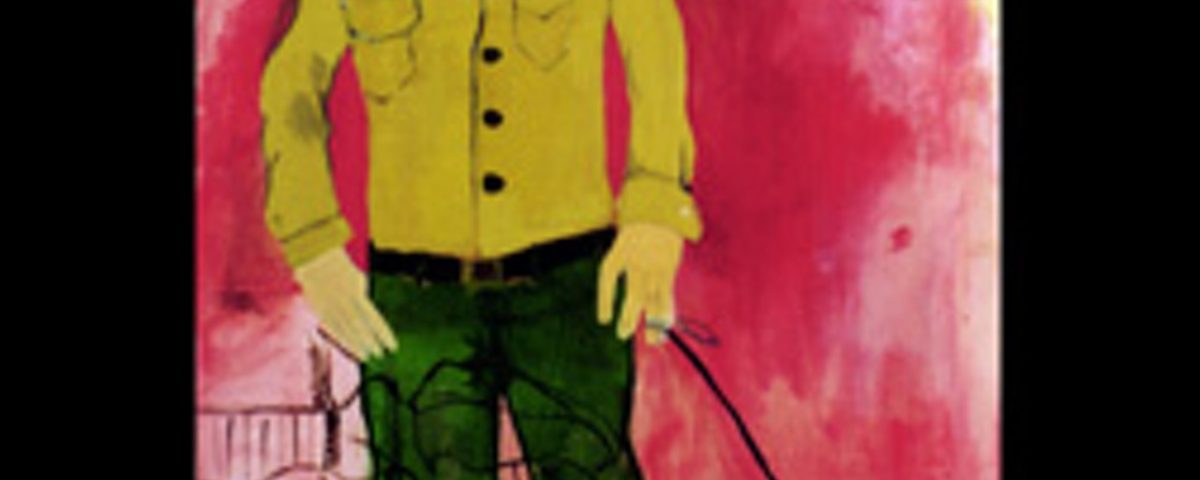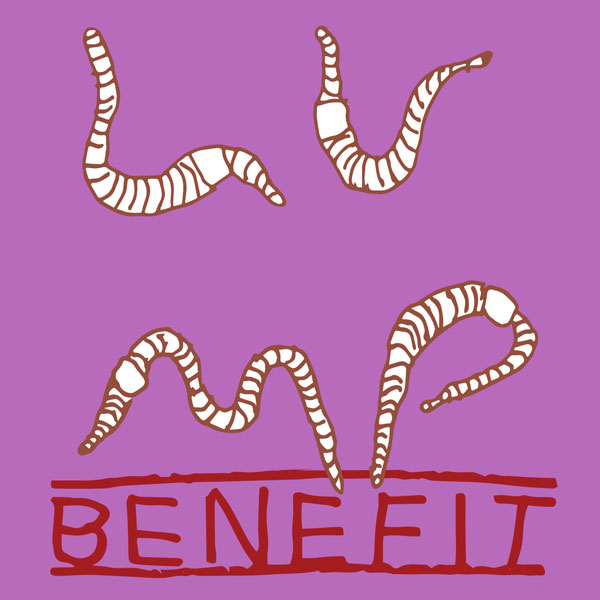The Young Ones
The Young Ones – Carrie Alter, Josh Rickards, Allison Edge and Justin Lincoln
APRIL 2001
“There will be subdued celebration at LUMP this Friday night. It will not be provided by the friendly social event of First Friday or the cheap drinks offered toward the back of the gallery as much as by the art itself. LUMP’s new show, The Young Ones, consists of work by artists in their mid-20s who aren’t sure how willing they are to celebrate youth, but who are confident enough to be tender about it.
The show is made up of work by Chapel Hill painter Carrie Alter, L.A. video artist Justin Lincoln, Brooklyn painter Allison Edge, and Greensboro painter Joshua Rickards, each of whom are exhibiting works they have just completed. While none of the works in this exhibition are as stylistically polished as they could be, they’re all the better for it.
Rickards employs the crudest style of the four in his oil paintings and watercolor drawings, and does not hesitate to fill his work with lively primary colors and thick figurative outlines. In the oil painting, “A Pet Can Help You With,” a man with a bright smile holds a beaver on a leash with his hugely swollen fingers. His hair is wind-swept to the side and he wears a furry white turtleneck, a beige jacket and bright green pants. He stands in front of a predominantly pink background that would have made Willem DeKooning proud, on which a translucent image of an attractive woman in a striped shirt lounges. Rickards does not make a show of his technical skill, opting instead for a cartoonish canvas of bright solid colors, and saving the stylistic subtlety for the bleeding colors and overlapping images on the man’s pants. The simplicity of the rest of the painting facilitates the laugh-to-yourself humor of a retro everyman smiling like a model while dream-like images sneak their way in under his crotch.
Video artist Justin Lincoln seems to share a similar sense of humor in Notebook, which consists of short video pieces played in a loop. In the first piece, Lincoln stands in front of his camera with a dollar bill in his mouth, humorously deconstructing the cliché, “Money talks, bullshit walks.” Lincoln cannot think that viewers will not chuckle at his antics, as he struggles to get some words out without letting the dollar fall from his teeth. But there is a seriousness, a tempered cynicism, in this piece: While Lincoln chooses an easy target, his rage is mocked by his inability to speak clearly through the dollar. The common video artist device of turning the camera on oneself (such as in the works of Pippi Loti Rist and Bill Viola) works thematically in Rickard’s work. His refusal to let the dollar fall comes across as a commentary on his predicament as an artist: While he must always strive to uproot the clichés of a society that pivots on the heel of currency, he undoubtedly would like to be paid for his work.
Carrie Alter’s content meets the subject of childhood head-on. She will be exhibiting a series of small oils (from 7×9 inches to 8×14 inches) of gray-tinted girls in Brownie outfits, complete with barrettes and sashes. In most of the pieces, one of the girls is nude, sometimes draped with a badge-decorated sash but nothing else. While as individual works they may seem simplistic (Alter admits that they are “somewhat obnoxious”), the series, viewed as a whole, develops a sinister undertone. Outside the context of a series, these related pieces work less well. The repetition of images mirrors the institutionalization of the girls and of childhood. While Alter’s work does not mock “young sororities” (that would be too easy), it does frankly question the purpose of their existence. Alter’s work makes the suggestion of a parallel between the organization of young girls and the institution of prostitution seem not quite as far-fetched as it could.
The series that Allison Edge will be showing is also concerned with childhood, with an emphasis on the intersection of youth, gender and aging. Pretty Boys with Different Hairstyles is a collection of portraits of young, effeminate men. Some are breathtaking, some more common, but this is an aim rather than an inconsistency. Edge brings out what she calls the “coy sexuality” within all of the boys, but via different facial features that contain lingering touches of adolescence. Edge says that she would like to capture the “stage in our lives where male and female traits are sort of mixed together, not defined.” What results is a handful of portraits that are pretty on a surface level, but bring out a latent sinfulness. Edge says she doesn’t want to deal with androgyny, but to make sure that “the face comes together as a male.” Spectators may notice an unmistakable homoeroticism in the chiseled faces and tender lips, and the incredibly soft eyes communicating the questionable urge to grow up. Edge’s paintings deal most expressly with the dangerous ambiguities of gender, and those defining periods of youth and adolescence.”
Excerpt from the INDY by Nathan Gelgud
Lump is located at 505 S. Blount St, Raleigh, NC. More information about our mission and exhibition programs can be found at lumpprojects.org.


